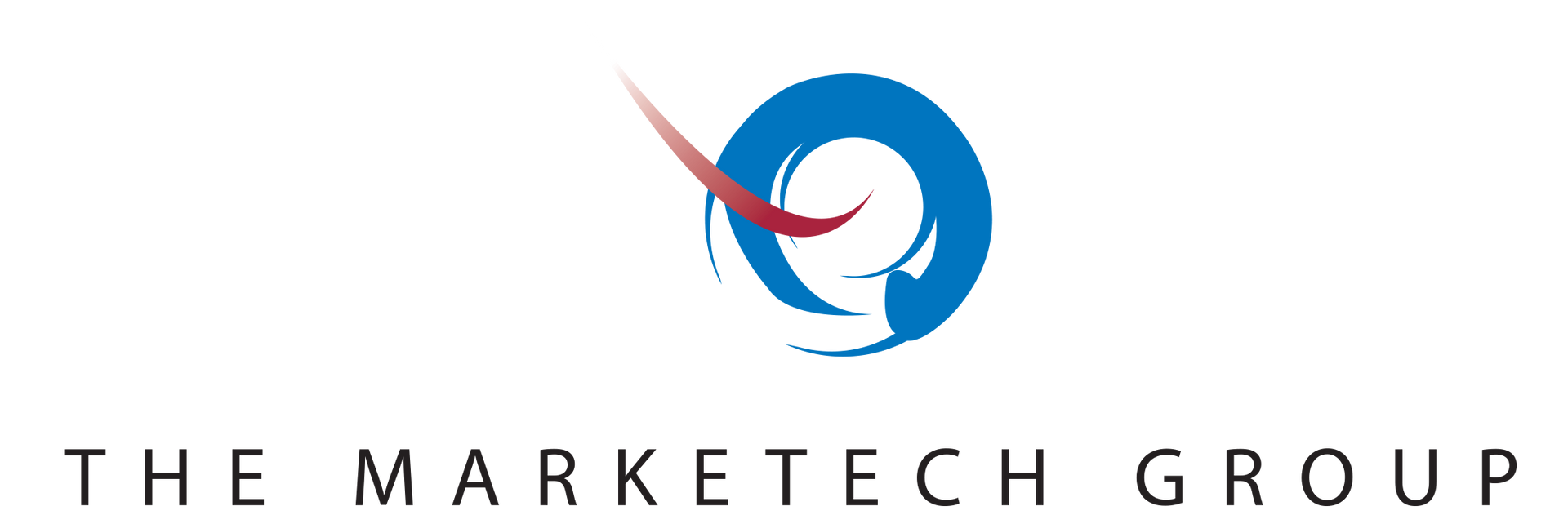Has burnout had a negative impact on the quality of patient care in your department?



As hospitals are being forced to do more with less, burnout among imaging professionals seems to be on the rise. Burnout can have widespread effects within imaging departments, sometimes resulting in a negative impact on the quality of patient care. The MarkeTech Group recently surveyed our imagePRO™ panel to gauge staff burnout and how it can be addressed within imaging departments.
Almost all respondents report some degree of burnout in their department
Burnout can take many forms including fatigue, lack of motivation, and missing work. When asked what percentage of their department has experienced burnout within the last 12 months, 93% of respondents reported that at least 1 to 5% of their department have experienced burnout, while 46% responded that more than 10% of their department have experienced it.
Burnout negatively impacts patient care for the majority of respondents
Participants were then asked to what extent they agreed or disagreed with the following statement: “Staff burnout has had a negative impact on the quality of patient care in my department.” 72% of respondents somewhat or strongly agreed with the statement, suggesting that burnout not only affects staff, but patients as well.
Research shows that burnout for physicians, technologists, and other imaging professionals can lead to lapses in patient care and safety. For example, an overburdened technologist may use an incorrect protocol when preparing a study, which could negatively impact image quality, patient throughput, and study accuracy. Additionally, burnout can result in economic consequences for hospitals. If technologists miss work or reduce hours due to burnout, imaging departments may be left understaffed and unequipped for studies.
Communication and automation may be key in reducing burnout among staff
It appears that steps can be taken to address this issue. While there was no clear consensus, 25% of respondents reported that better communication among staff would be the most effective solution. Another 20% noted that automation of non-clinical activities would help reduce burnout, suggesting that excessive administrative work is putting a strain on the staff’s ability to provide patients the best care.
What does this mean?
Staff burnout in imaging is a major problem, and it does not appear to be stopping any time soon. In order to curb it, hospitals must implement more staff-friendly policies, and vendors must create offerings to assist them. What steps do you think are necessary to reduce staff burnout?
Contact Us
USA
The MarkeTech Group, LLC
502 Mace Blvd, Suite 15
Davis, CA 95618
Tel: (+1) 530-792-8400
Fax: (+1)
530-792-8447
France
The MarkeTech Group, SARL
3, Rue Emile Péhant
44 000 Nantes - FRANCE
Tel: +33 (0)2 72 01 00 80
Fax: +33 (0)2 40 48 29 40
Our site links
Website imagined and executed by RivalMind.




